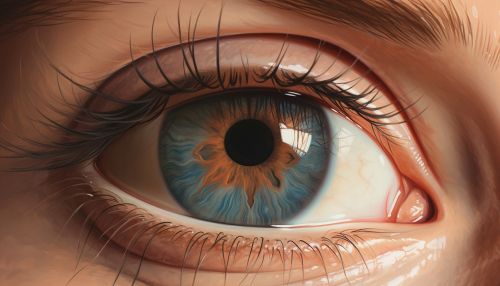Visual Acuity
Overview
Visual acuity (VA) is a measure of the spatial resolution of the visual processing system. It is quantified in terms of the angular size of the smallest identifiable detail that can be resolved by the human eye. The term originates from the Latin word 'acuitas', which means sharpness.
Mechanism of Visual Acuity
Visual acuity is dependent on optical and neural factors, including the sharpness of the retinal focus within the eye, the health and functioning of the retina, and the sensitivity of the interpretative faculty of the brain.
Measurement of Visual Acuity
Visual acuity is often measured with a Snellen test, which involves identification of letters or symbols at a set distance. Other methods include the LogMAR chart, the Landolt C, and the ETDRS chart.
Factors Affecting Visual Acuity
Various factors can affect visual acuity, including refractive errors such as myopia, hyperopia, and astigmatism. Other factors include age, illumination, contrast, and certain diseases such as macular degeneration and diabetic retinopathy.
Visual Acuity and Legal Standards
In many jurisdictions, a certain level of visual acuity is required for certain activities such as driving or operating certain machinery. For example, in the United States, the legal standard for driving is 20/40 in the better eye with or without correction.
Visual Acuity in Animals
Visual acuity varies greatly among animals. For example, birds of prey such as eagles and hawks have much higher visual acuity than humans, while most mammals have lower visual acuity.
See Also


